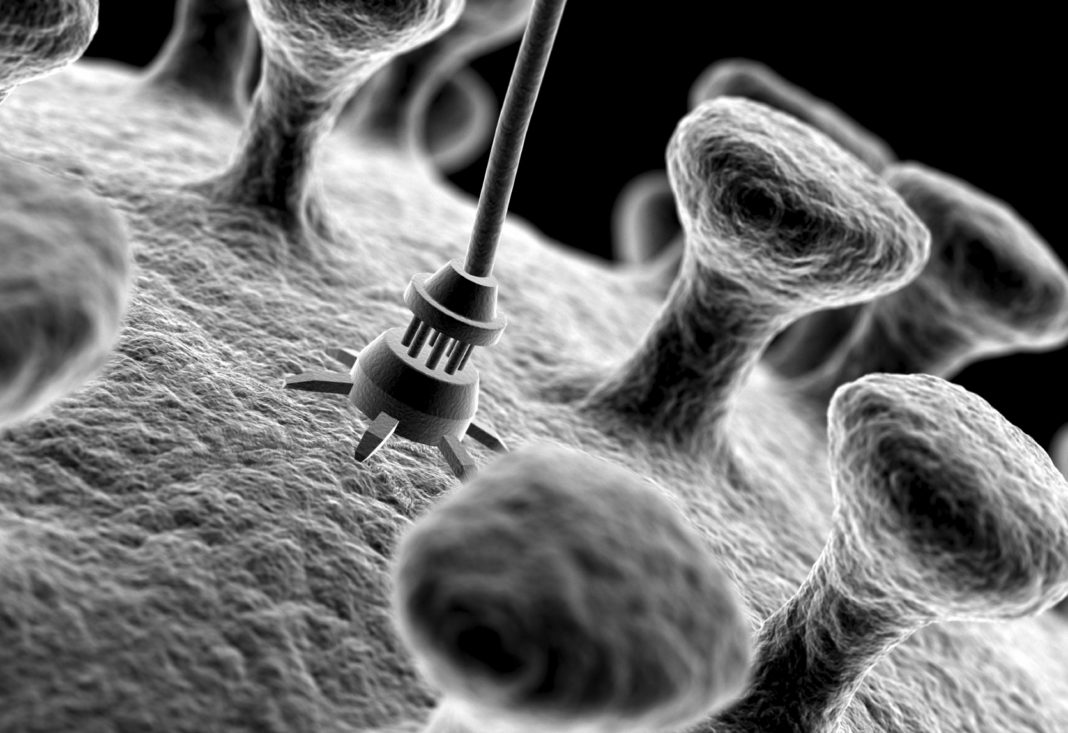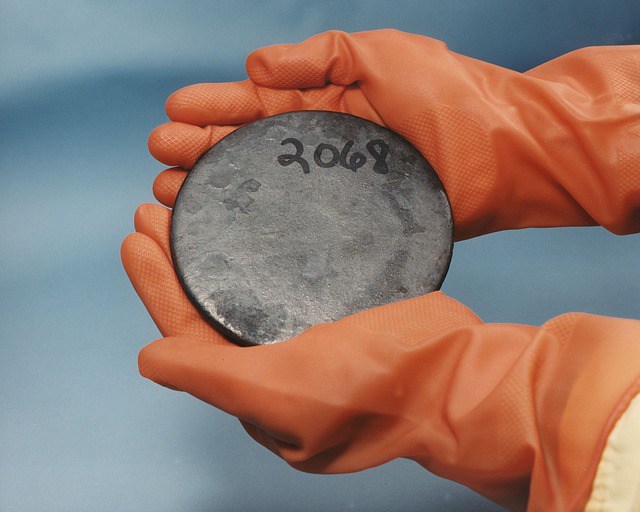Nanotechnology has the potential to help us in so many ways, but its potential for being misused is so great. Over the last ten years, scientists have worked hard to advance nanotechnology, and it has paid off. Some are in the process of developing nanoscale patterns on implants that can stimulate bone cell growth and positive gene expression, while others are creating guided nanoparticles that detect and eliminate cancer cells. This decade also brought with it the development of nano engines and nano rackets. But, as good as all this sounds, how will it benefit us really and is it worth it?
Christine Peterson, co-founder of the Foresight Institute, a non-profit nanotechnology think tank, says that nanotechnology comes in three stages: materials, devices, and systems and each one follows its own curve. At the moment there are mostly nanoparticle products, but soon we will see materials that will be more atomically precise, like with filtration and catalysis products. When these become available, Peterson expects them to sell extremely well as the demand for clean water is massive as is the demand for controlling greenhouse gasses.
Over the last decade, significant advances have been made in medicine with thanks to nanotechnology. Currently, the Stanford Center for Cancer Nanotechnology Excellence is using nanoparticles to alter them to get useful behaviors such as emitting a color signal when a cancer cell is found or just holding on to the cell until it can be studied at a later date. Another company that is using nanotechnology is MagArray. Their work involves attaching nanomagnets to cancer cells and then detecting them by running the sample on a chip. The University of Montreal and others have developed ways to create nanoscale patterns on the surfaces of implants that can decrease the growth of undesirable cells, increase the growth of bone cells, stimulate stem cells and positively change gene expression.
But, while all of these advances seem pretty amazing, if they do get into the wrong hands and are misused, there could be trouble ahead. This is particularly true for offensive military applications and is something the Foresight Institute look to discourage, but as the military are so well funded, the medical applications tend to come second.
However, two applications that Peterson is adamant will be available before 2025 is the use of molecularly-precise filtration to solve any water problems and cleaning up the air by using nanotech catalysts that remove CO2 from the air and transform it into something useable.
More News To Read











